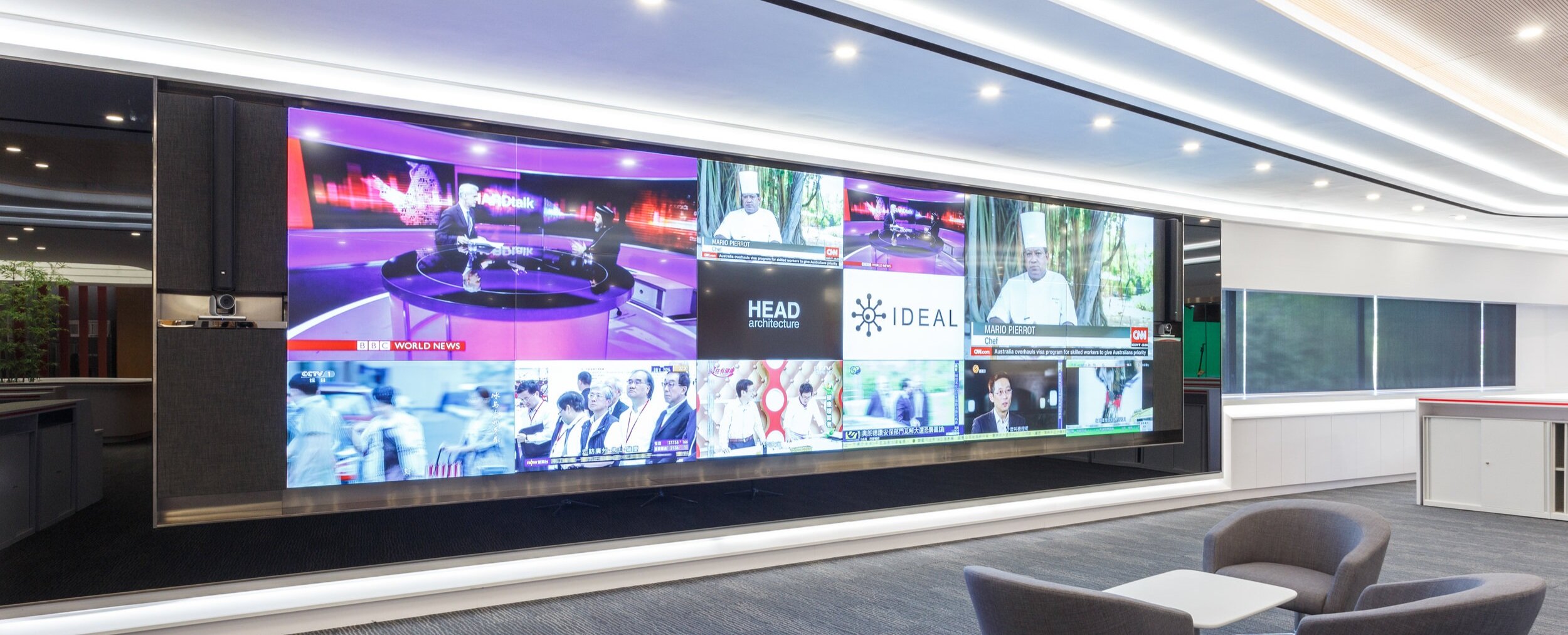Enhancing Aesthetic Impact Through Strategic Content Timing in LED Display Performance
Wiki Article
Enhancing aesthetic effect during light-emitting diode screen shows demands meticulous preparation plus strategic content scheduling. LED walls represent potent instruments for visual storytelling, often used during concerts, gatherings, plus displays. The effectiveness of these displays depends not only upon the caliber of the images yet also on how and timing they are shown. By understanding the audience's attention span and the flow of the event, organizers can craft a more captivating experience that captivates viewers and improves the overall show.
One crucial element of tactical content timing is scheduling. It is vital to align the images with the beat and pace of the performance. For example, during a music performance, images should enhance the rhythm and atmosphere of the music. This synchronization helps to create a cohesive encounter that draws the audience closer. Additionally, it is crucial to take into account the length of each visual clip. Brief, striking segments can sustain audience engagement, while extended visuals may be appropriate for instances of reflection or emotional connection. By altering the duration and intensity of the images, organizers can maintain the audience engaged throughout the show.

Another crucial element is the content itself. The visuals displayed on the light-emitting diode screen should be pertinent to the theme of the try here show. This relevance helps to strengthen the message being conveyed and makes the encounter more unforgettable for the audience. For example, if the performance is about environmental consciousness, using images that illustrate nature and wildlife can enhance the narrative. Furthermore, adding lively elements, such as motion graphics or engaging visuals, can add excitement and maintain the viewers' attention. The right material, shown at the appropriate time, can considerably enhance the impact of the performance.
Audience involvement is also a crucial factor in visual scheduling. Understanding the demographics and preferences of the audience can inform the choice of visuals. For instance, a youthful crowd may respond better to bright colors and fast-paced animations, while an older audience might appreciate more subtle and sophisticated images. By tailoring the content to the audience's interests, organizers can create a more personalized experience that resonates with viewers. Additionally, incorporating audience involvement, such as live polls or social interactions, can additionally improve engagement and render the performance more engaging.
Finally, evaluating the effectiveness of the content timing is crucial for upcoming performances. Gathering feedback from the audience can provide insightful insights into what was effective well and what could be enhanced. This data can assist event planners improve their approaches and make informed choices for upcoming performances. By constantly evaluating and adapting the content scheduling approach, event planners can amplify the visual effect of light-emitting diode screen shows and create unforgettable experiences for their audiences.